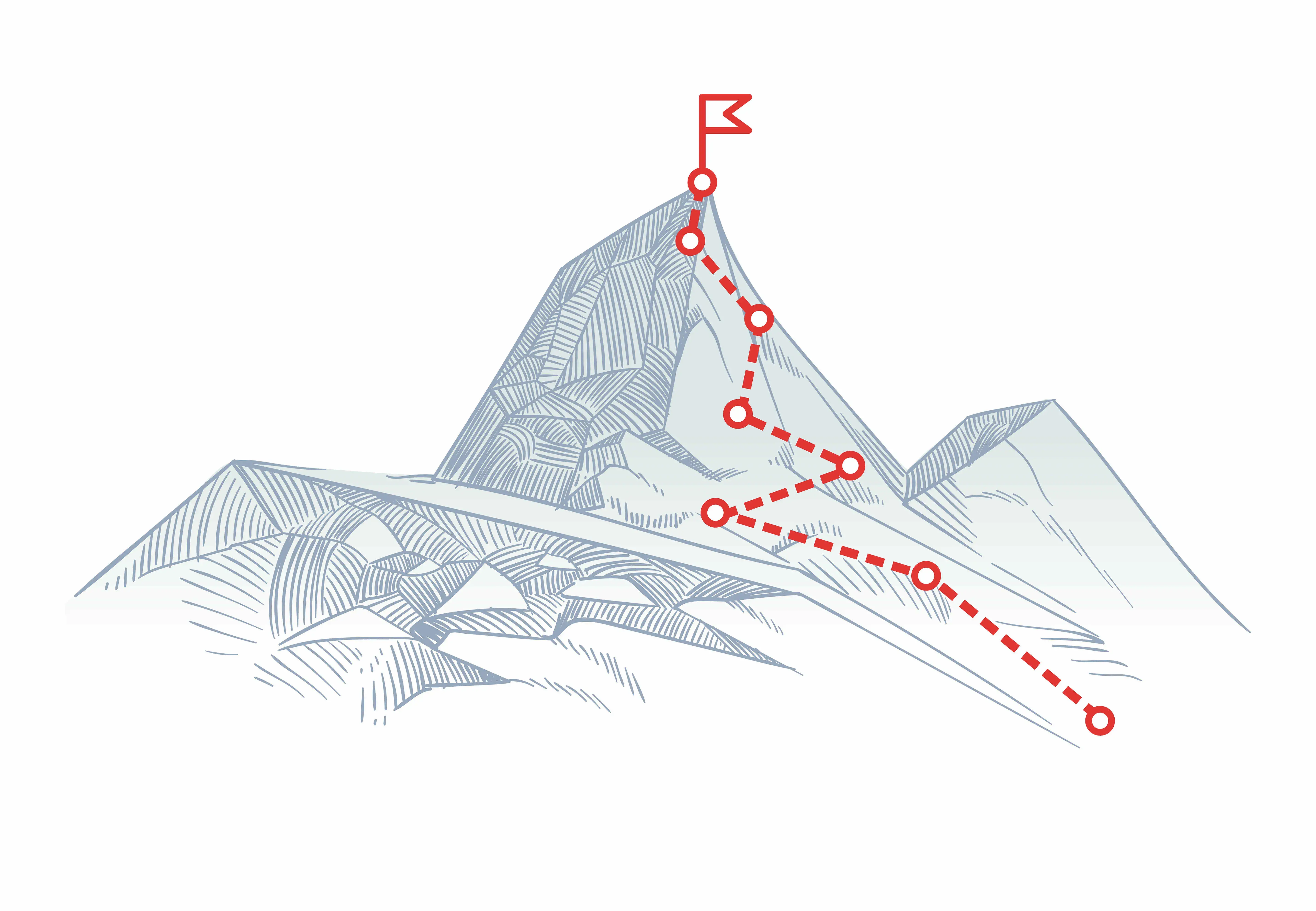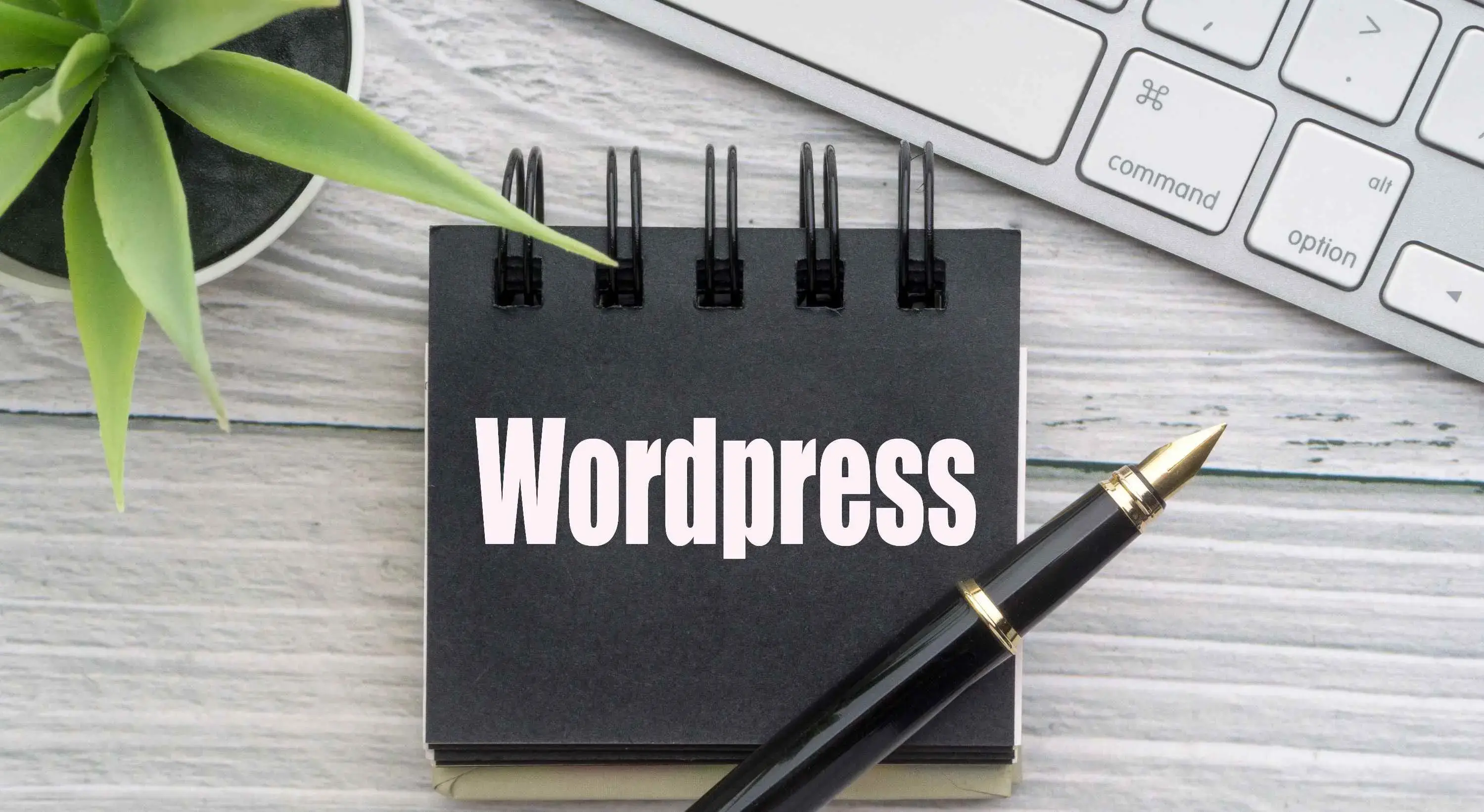WordPress is a free and open-source content management system (CMS) that allows users to host and create websites. According to W3Techs, WordPress is today's most popular content management system (CMS), powering 42% of all websites. Additionally, WordPress is used by over 64 million websites, and it is available in over 200 languages. It comes with an integrated WYSIWYG editor for managing content and can customize your website's appearance and functionality using themes and plugins. WordPress is a monolithic platform with an integrated front and back end. However, decoupling the frontend layer from the backend layer to create a Headless CMS is also possible.
What is Headless WordPress?
Headless is a term that describes the separation of the frontend from the backend. In Headless WordPress, the backend is decoupled from the frontend, enabling developers to leverage modern front-end frameworks such as React or Vue.js. This approach offers increased flexibility and better performance than a traditional, monolithic WordPress setup. By separating the front and backend layers, Headless WordPress allows easier maintenance, upgrading, and improved security.
Traditional WordPress vs Headless WordPress
Traditional WordPress controls a website's presentation layer (front-end) and content layer (back-end). A WordPress theme is used to build the website's design and visual presentation, which can be restrictive regarding customization options. The WordPress editor is used to create and edit the content on the website. However, traditional WordPress configurations have some drawbacks.
First, traditional WordPress themes contain a lot of unnecessary code that can make them less responsive and cause slower page loads. Second, more code in the theme means more vulnerabilities for hackers to exploit, which can lead to security risks. Third, traditional WordPress websites can be challenging to scale, especially for high-traffic sites, due to limitations in the CMS architecture.
Headless WordPress, on the other hand, separates the front-end and back-end layers, allowing developers to use any front-end technology to build a custom website that suits their needs. This approach offers increased flexibility and better performance than a traditional, monolithic WordPress setup. Additionally, the frontend layer retrieves the content from the backend layer through the WordPress REST API, which provides a way to access and manipulate WordPress content using HTTP requests.
Benefits of Headless WordPress

Flexibility in Frontend Development: One of the benefits of Headless WordPress is its flexibility in front-end design and development. With a headless CMS, you can integrate any programming language or frontend framework to incorporate the design and structure that fits your business. Additionally, a headless CMS can help you use modern technologies, thus delivering an excellent experience to your customers. Finally, headless WordPress offers greater control over the user experience with endless possibilities for front-end design and development.
Greater Control over User Experience: When you decouple WordPress, you gain nearly endless control from a development standpoint. Front-end developers can get creative with dynamic uses of JavaScript and deliver an ‘outside the template’ experience.
Improved Security: Another one of the benefits of Headless WordPress is improved security. By keeping the frontend presentation layer separate from the backend content management layer, attackers cannot use security flaws to access the content management layer. Often, the content delivered through APIs is read-only, adding an extra layer of security. What’s more? You can place the API in multiple layers of code to make it less vulnerable to attack. Thus, headless CMSs are more secure as compared to traditional CMS.
Increased Scalability: A headless CMS can help you use new technologies and those that will be launched in the future, thus delivering an excellent experience to your customers. If you see your target audience getting more inclined toward a new platform, start pushing more content for better results. There’s no need to change your CMS. Just focus on how to model and distribute content and leave the rest to APIs. Thus, you can easily scale up or down your system to change demands.
Challenges of using Headless WordPress

Additional Development Work: Headless CMS is built keeping developers in mind; therefore, many systems do not include intrusive content creation tools, such as a WYSIWYG editor for live preview. You will have to spend more time training your non-technical team.
Need for a dedicated frontend developer: High flexibility in a headless CMS makes the architecture more complex. Since multiple components are associated with the CMS, they should be designed, managed, and maintained properly. Any failure in the process can lead to performance and reliability issues.
Limited support for certain features: Headless CMSs support new technologies, including IoT devices. However, to reap the full benefits, you must have a team of developers specializing in different programming languages and front-end development technologies.
Lack of Themes and Plugins: A headless WordPress setup cannot access the vast library of WordPress themes and plugins. This can be a disadvantage for non-technical users who rely on these tools for website customization.
Learning Curve for Developers: Headless WordPress requires developers to understand WordPress and the selected frontend technology. This can create a steep learning curve and require additional training or hiring specialized developers.
Use Cases for Headless WordPress
Headless WordPress is a powerful way for developers to create unique frontends using modern frameworks. This is done by separating the frontend presentation layer from the backend content management system (CMS). Here are a few use cases for Headless WordPress:
Single Page Applications
A single-page application is a web application that presents all of its information on a single page. In a SPA, only a few pieces of information must be updated at a time, while most of the page remains the same. For example, when browsing through your email, you'll notice a few changes during navigation—the sidebar and header remain untouched as you go through your inbox. The SPA only sends the necessary information with each click, and your browser renders that information. This differs from a traditional page load, where the server renders a full page with every click you make and sends it to your browser.
Progressive Web Apps
Progressive Web Apps (PWAs) provide an app-like experience on the web and can be made with headless WordPress. PWAs use service workers' manifests and other web-platform features in combination with progressive enhancement to give users an experience comparable to native apps.
Users benefit from several advantages of PWAs, including the ability to install them, responsive design, progressive enhancement, re-engagement, linking, discoverability, network independence, and security.
E-commerce websites
Headless WordPress can also be used to build E-commerce Websites. Developers can use a headless CMS to create custom e-commerce experiences integrating various e-commerce platforms and payment gateways. With a headless CMS, developers can create custom e-commerce experiences that integrate with various e-commerce platforms and payment gateways.
Multisite Networks
If you are running multiple sites under one WordPress installation, going headless can be beneficial. A multisite network can have its front end be headless, allowing for more flexibility in design and development. Each site can have its front end communicating with the same backend, allowing for a more consistent user experience across all sites.
Mobile Apps
Headless WordPress can create mobile applications that access content through APIs. Developers can create custom mobile applications that offer users the best possible experience, including push notifications and offline content access.
Chatbots
Headless WordPress can be used to power chatbots. Developers can create chatbots that retrieve data from WordPress through APIs. This can be used to create custom chatbots for various applications like customer service, booking appointments, and more.
IoT (Internet of Things) devices
An IoT device is any object with a sensor attached to it that can transmit data to other objects or people with the help of the internet. IoT devices include wireless sensors, software, actuators, and computer devices. They are attached to a particular object that operates through the internet, enabling the transfer of data among objects or people automatically without human intervention.
For instance, the IoT systems in your car can identify traffic ahead and automatically send a message of your impending delay to the person you are about to meet. Even a pacemaker can be an IoT device that seamlessly communicates with other machines for greater ease and convenience.
Conclusion
Headless WordPress is a modern way of building websites using the WordPress content management system. It provides more adaptability, improved performance, security, and scalability. Headless WordPress delivers faster page loads, easier maintenance, and greater flexibility by allowing developers full control over the website's front-end display layer. With its significant performance benefits, Headless WordPress appears to be the future of WordPress development. Thanks to the REST API bundled with WordPress core, you can use WordPress as a headless CMS, particularly if your business has a developer team. This approach can help make your site load faster and simultaneously publish your content to multiple channels.
However, it should be noted that Headless WordPress may not be the optimal choice for every project, particularly if you plan to hand the website over to less technical users. Additionally, a Headless approach may not make sense for a simple landing page, as it would be more overkill than a solution that improves performance.
For the best results with Headless WordPress, choose Verpex’s Headless Hosting. Designed for flexible, API-driven content delivery, our hosting ensures top performance with cutting-edge server technology and comprehensive API support.
We also offer specialized Contentful CMS Hosting, providing the same high level of performance and reliability for your content management needs.
Frequently Asked Questions
What is the best CMS?
Everyone has their own favorite CMS, but the best one for you is the one that matches your business requirements.
Is a CMS hard to use?
No. CMSs can be used with minimal training, and you don’t need a programming background in order to use one.
Do I need a MAC or a special PC to use a CMS?
No, you don’t. Any computer with a web connection and an installed browser should be just fine.
What content management sytems use PHP?
All of the most popular content management systems are compatible with PHP including, WordPress, Joomla, Drupal, and Magento

Gift Egwuenu is a developer and content creator based in the Netherlands, She has worked in tech for over 4 years with experience in web development. Her work and focus are on helping people navigate the tech industry by sharing her work and experience in web development, career advice, and developer lifestyle videos.
View all posts by Gift Egwuenu




















